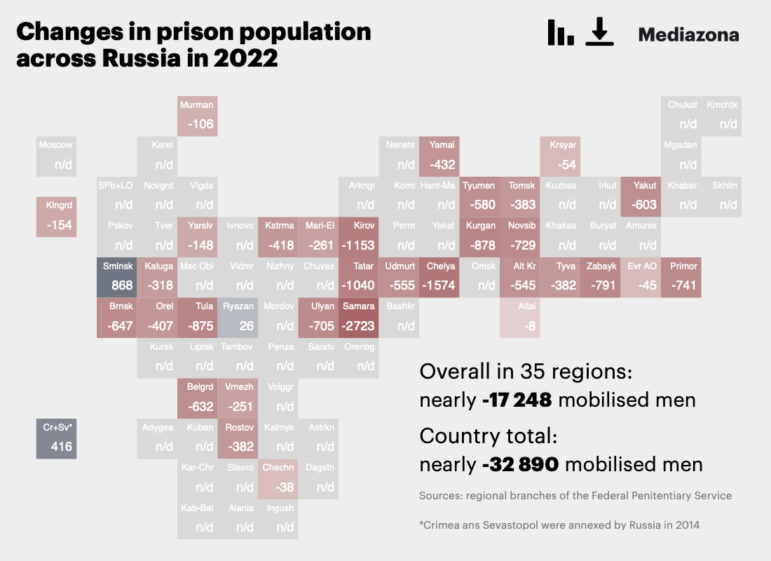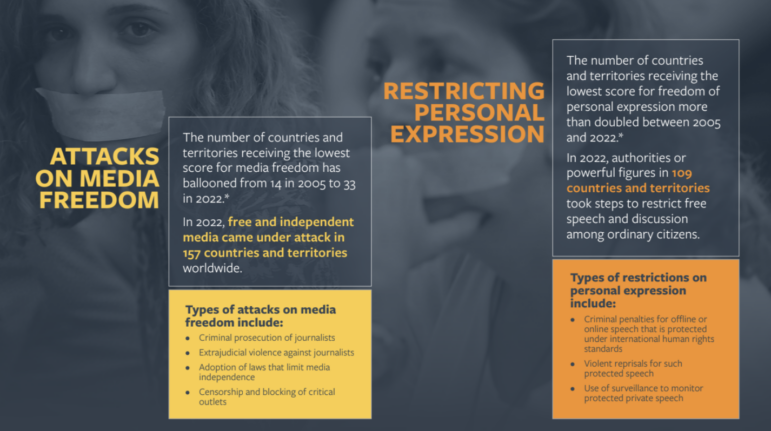Database Resource
Updated Resources on Human Rights
This database is maintained by the Global Investigative Journalism Network (GIJN) and is one of many resources available at our Resource Center. Scroll cursor left and right to see entire table.
This database is maintained by the Global Investigative Journalism Network (GIJN) and is one of many resources available at our Resource Center. Scroll cursor left and right to see entire table.
This database is maintained by the Global Investigative Journalism Network (GIJN) and is one of many resources available at our Resource Center. Scroll cursor left and right to see entire table.

People with disabilities are the largest intersectional minority group, according to the UN, and virtually every reporting beat has a disability angle.

How can journalists use data without reducing the murder of women to crime statistics, and produce a narrative that humanizes without sensationalizing?

This week’s data journalism roundup digs into the wave of legislation across the US targeting trans rights, Russia’s prison-to-front lines pipeline, French same-sex marriages 10 years after legalization, and the dearth of snow across the Alps this past winter.

The 2023 edition of the Freedom in the World report, produced by US nonprofit Freedom House, was released today. This is the 50th year of the study, which tracks global trends and compiles individual country reports on political rights and liberties.

Although watchdog reporting in Bangladesh faces a series of challenges, all of which make investigative journalism in the country increasingly difficult, reporters in 2022 continued to produce serious exposés on critical issues as corruption, environmental crime, and systemic injustice.

Since its inception 20 years ago, the Brazilian Association of Investigative Journalism (Abraji) has remained faithful to its founding principles: professional training, defense of freedom of expression, and the right of access to public information.

In this GIJN webinar, we bring together two senior journalists and a writer with broad experience in digging into football’s questionable practices. They will offer tips and resources for investigating sports organizations, following the money on football, and where the stories will be on the World Cup and Qatar this year.

Data reporter Melissa Lewis is interviewed about a recent podcast for Reveal, which investigated what happens when local residents call police on unhoused people in their neighborhood, analyzing arrest data across six major US West Coast cities with large homeless populations.